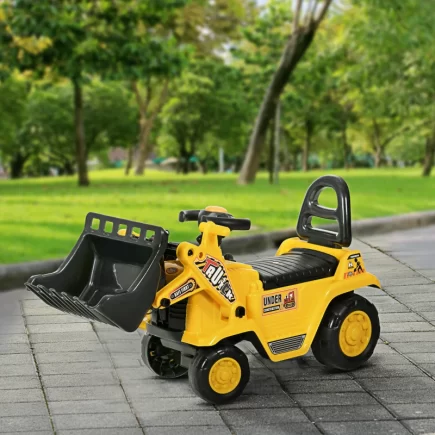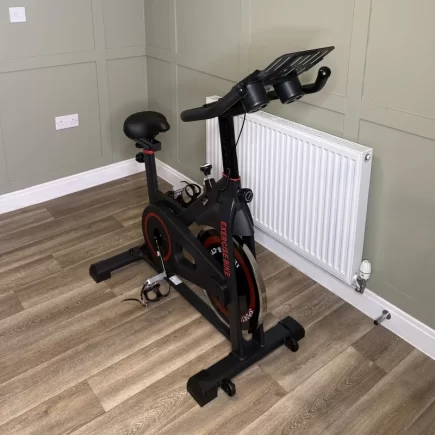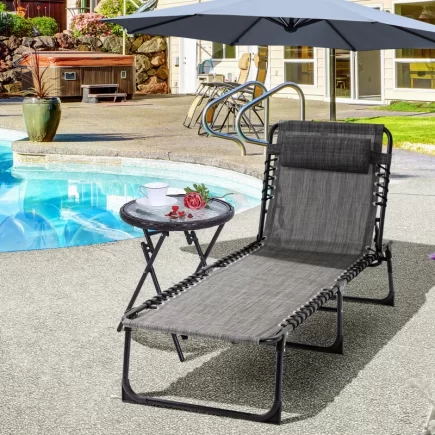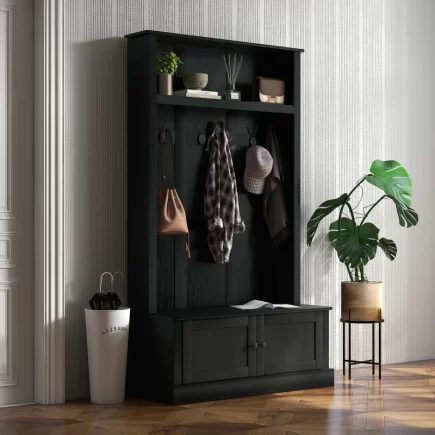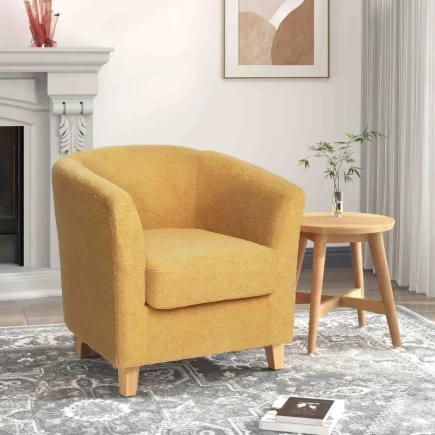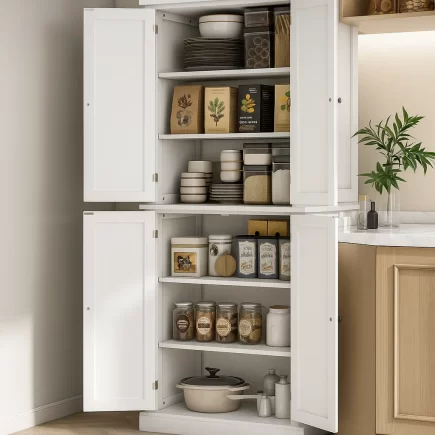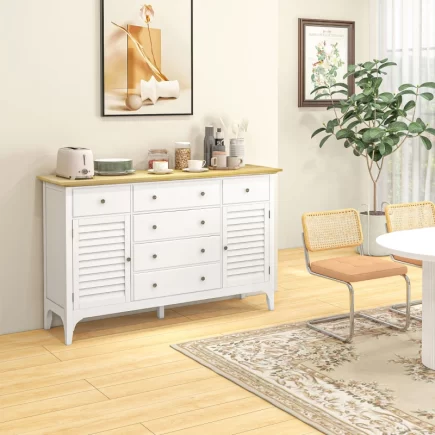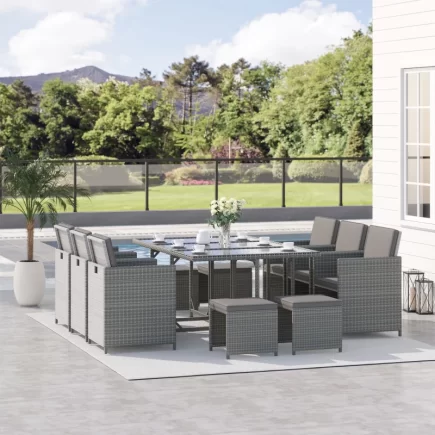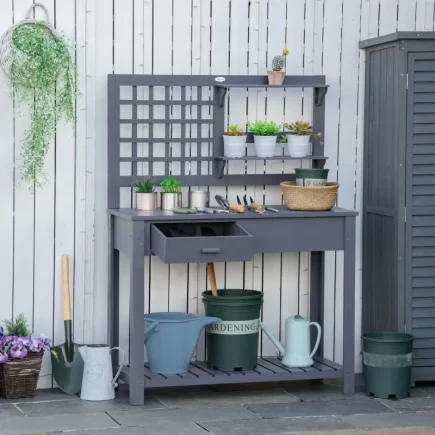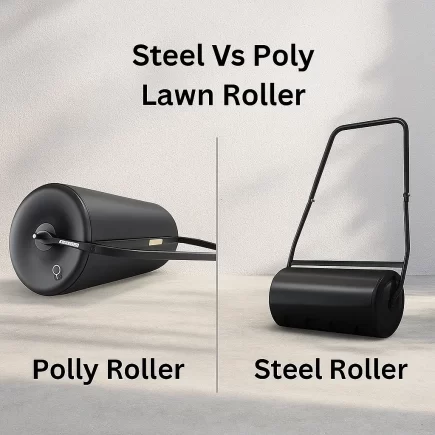When it comes to enhancing your outdoor space, a pergola or a gazebo can be the perfect addition, offering both aesthetic appeal and practical functionality. But how do you know which one is right for your backyard? While both structures provide shade and shelter, they have distinct differences in design, function, and construction. Understanding these differences can help you make an informed decision about which structure is best for your needs.

What is a Pergola?
Structure and Design
A pergola is an open-air structure, typically consisting of four vertical posts supporting a framework of cross beams or slats. These beams form an open roof, which can provide partial shade but still allows sunlight to filter through. The open roof design is ideal for those who want to enjoy the natural light and air while still having some shelter from the sun.
Unlike gazebos, pergolas do not have walls or enclosed sides, making them perfect for creating a sense of openness and airiness. Many people use pergolas as a garden feature, patio cover, or even a walkway. They are often built in rectangular or square shapes, but other designs are also available.
Common Uses:
- Framing garden paths or patios
- Creating a shaded area for dining or entertaining
- Supporting climbing plants and vines
- Adding a decorative element to an outdoor space
The Purpose of a Pergola
The primary function of a pergola is to provide partial shade while still allowing for air circulation and sunlight. They are great for areas where you want to enjoy the outdoors without being fully exposed to the elements. Pergolas are often used to frame outdoor living spaces, define garden areas, or create a stylish entrance to your backyard.

One of the most popular uses of pergolas is to provide a place for climbing plants to grow. The open slatted roof offers an ideal structure for vines like wisteria, ivy, and grapevines to thrive. Over time, these plants will fill in the roof, providing more shade and a natural, green canopy.
What is a Gazebo?
Structure and Design
A gazebo, on the other hand, is a freestanding, fully enclosed structure with a roof that provides complete protection from the elements. Unlike a pergola, a gazebo features a solid roof and usually includes open or closed sides, often with railings or even full walls. Gazebos come in various shapes, including octagonal, hexagonal, or square, and their design often evokes a sense of classic elegance or Victorian charm.
Gazebos are perfect for creating a shaded retreat in your backyard, whether you want to relax, entertain guests, or even use it for outdoor dining or storage. They are often placed in the center of gardens, offering 360-degree views, and can serve as a focal point in your yard.
Common Uses:
- Providing shelter for outdoor dining or gatherings
- Creating a quiet retreat for relaxation or reading
- Storing outdoor furniture or equipment
- Offering protection from rain, snow, or harsh sunlight
The Purpose of a Gazebo
Gazebos are primarily designed to offer protection from the weather. The fully enclosed roof and optional side walls provide shelter from rain, snow, and sun, making them perfect for year-round use. Unlike pergolas, which allow for some sunlight exposure, gazebos are meant to provide a fully sheltered space that can be used in various weather conditions.

They are often used for hosting outdoor parties, family gatherings, or even for providing a place to relax on a rainy day without worrying about the weather. The enclosed design offers more privacy than a pergola, making gazebos a good choice for people who want to create a more secluded outdoor space.
Roof Differences: Key to Understanding
One of the most obvious differences between pergolas and gazebos is their roof design. This key distinction greatly affects the overall function and appeal of each structure.
Let the Light In: Pergola Tops Explained
A pergola typically has a slatted roof made of beams that allow sunlight to pass through. This design offers partial shade and can be customized with a retractable canopy or fabric cover to provide additional protection from the sun or rain. However, the open roof means that a pergola does not provide complete shelter from the elements.

Full Coverage: Gazebo Roof Essentials
In contrast, a gazebo features a solid roof that offers full protection from the elements. The roof can be made from a variety of materials, including shingles, metal, or fabric. Gazebo roofs are often designed to handle heavy rain, snow, and wind, making them ideal for providing a fully sheltered outdoor space.
The roof of a gazebo also contributes to its overall sturdiness, as it helps tie together the structure and can sometimes even include additional features like skylights or decorative accents.

What They’re Made Of: Material Matters
Both pergolas and gazebos come in a variety of materials, each with its advantages and disadvantages. The choice of material will affect both the structure’s durability and its overall aesthetic.
Natural, Sleek, or Low-Maintenance: Pergola Picks
- Wood: Traditional and natural, wood is a popular choice for pergolas. It can be painted or stained to match your home’s exterior, but it requires regular maintenance to prevent rot and decay.
- Vinyl: Low-maintenance and durable, vinyl pergolas are resistant to weathering, fading, and cracking. They don’t require painting but may not have the same natural appearance as wood.
- Aluminum: Lightweight, rust-resistant, and low-maintenance, aluminum pergolas are a great option for those looking for a modern and sleek look.
Built to Last: Gazebo Material Options
- Wood: Just like pergolas, gazebos made from wood offer a traditional, natural look. However, they require regular maintenance to protect against weathering and pests.
- Metal: Steel or aluminum gazebos offer a more durable and low-maintenance option. They are often coated with protective finishes to prevent rusting.
- Vinyl: Vinyl gazebos are easy to maintain and resistant to fading, rot, and insects. They can offer a modern look and are built to last for years.
Budget Breakdown: What Will It Cost You?
When it comes to cost, pergolas tend to be more affordable than gazebos, mainly due to their simpler construction.
| Feature | Pergola | Gazebo |
| Average Cost | $159 – $1,999 | $145 – $2,299 |
| Materials | Wood, vinyl, aluminum | Wood, metal, vinyl |
| DIY or Professional | Easier to build, often DIY-friendly | Typically requires professional help |
| Maintenance | Low maintenance, especially vinyl | Higher maintenance, especially wood |
| Customization | Adjustable canopies, open design | Built-in seating, flooring options |
Maintenance & Lifespan: How Much Work is Involved?
Easy Upkeep: Pergola Durability
Pergolas are easier to maintain because they generally have fewer components. Wooden pergolas will require periodic sealing or staining to prevent weather damage, while aluminum and vinyl pergolas are low-maintenance and more durable.
Long-Term Investment: Gazebo Maintenance Needs
Gazebos are built to last longer than pergolas, thanks to their solid construction and protective roofs. However, due to their complexity and larger size, gazebos tend to require more maintenance. Wooden gazebos will need regular upkeep to avoid rot, while metal gazebos are easier to maintain but may still need occasional cleaning and rust prevention.
Privacy and Shelter: Which One Offers Better Protection?
Open-Air Living with Pergolas
Pergolas provide limited shelter due to their open roof design. They offer shade but do not protect against rain or wind. However, you can customize a pergola with side panels, retractable roofs, or curtains to enhance privacy and shelter.
All-Weather Comfort with Gazebos
Gazebos offer full protection from the elements, making them ideal for those seeking privacy and comfort. The enclosed or partially enclosed roof provides shelter from both the sun and rain, while the walls or railings offer more privacy than a pergola.
Visual Vibes: Style and Atmosphere
Modern Minimalist Appeal
With their sleek, open design, pergolas tend to have a modern and minimalist appeal. They are perfect for contemporary homes and gardens, offering an elegant touch without overpowering the surrounding space.

Traditional Charm and Elegance
Gazebos are typically more traditional and ornamental. Their enclosed design and classic shapes make them a great choice for adding a Victorian or old-world charm to your backyard.

Features and Flexibility: Make It Yours
Both pergolas and gazebos offer a range of customization options, but they differ in the types of features they provide.
Custom Touches for Pergolas
- Adjustable roofs: Many pergolas feature retractable canopies or louvered roofs that can be opened or closed depending on the weather.
- Support for plants: Pergolas can be designed to support climbing plants or vines, adding a natural aesthetic to the space.
- Side panels: For added privacy or shelter, you can add curtains, sidewalls, or even retractable screens.
All-Inclusive Add-ons for Gazebos
- Built-in seating: Many gazebos come with built-in benches or seating arrangements for comfort and convenience.
- Electricity: Some gazebos can be wired for electricity, allowing for lighting, fans, or even audio systems.
- Flooring options: Gazebos often include flooring or raised platforms, providing a solid foundation for outdoor furniture.
Setup Skills: DIY or Call a Pro?
Pergolas: Weekend Warrior Approved
Pergolas are generally easier to install and are often DIY-friendly, especially if you choose a simple kit. Many homeowners can assemble a pergola on their own without needing professional help.
Gazebos: Leave It to the Experts
Gazebos, due to their complexity and larger size, usually require professional installation. The process may involve preparing the ground, laying a foundation, and ensuring the structure is sturdy enough to handle various weather conditions.
Which Option is Best for You?
When deciding between a pergola and a gazebo, consider the following factors:
- Functionality: Do you need a fully enclosed structure that offers complete protection from the elements (gazebo), or do you prefer a more open, decorative structure (pergola)?
- Budget: Pergolas are typically more affordable, while gazebos can be more expensive due to their complexity.
- Aesthetic: Do you want a modern, minimalist design (pergola), or a more traditional, elegant look (gazebo)?
- Maintenance: Consider how much time you’re willing to invest in maintenance. Pergolas generally require less upkeep than gazebos.
Final Decision: Which Structure Suits You Best?
Both pergolas and gazebos are excellent additions to any outdoor space, offering unique benefits based on your needs. A pergola is perfect for those looking for a modern, open structure that enhances a garden or patio, while a gazebo is ideal for those seeking full shelter and privacy for outdoor gatherings.
No matter which structure you choose, both will enhance the beauty of your backyard and provide a comfortable space for relaxation and entertainment. Whether you’re adding a pergola to support climbing plants or installing a gazebo for year-round gatherings, these outdoor structures will help you create the perfect backyard oasis. Aosom offers a wide range of Gazebos and Pergolas, find the ideal one for your space.
FAQs
Which one is better, a pergola or a gazebo?
If space is limited, a pergola is a great option, offering a stylish and open-air structure. However, if you need full coverage from the sun or rain, a gazebo is the better choice, providing a completely enclosed roof for complete protection.
What is a gazebo without a roof called?
A gazebo without a roof is known as a pergola. Pergolas feature an open design with a slatted or beamed roof structure, offering shade but not as much protection from rain or intense heat compared to a fully-roofed gazebo.
What purpose do pergolas serve?
Pergolas are designed to define outdoor spaces and create an inviting area for seating. When the ceiling is covered, they can also offer shade and some protection from rain or snow.
How do I maintain a wooden pergola or gazebo?
Wooden pergolas and gazebos require regular maintenance, including sealing or staining to prevent rot and weather damage. Ensure you clean the structure regularly and check for any signs of wear, such as loose boards or cracks, to maintain their durability.

